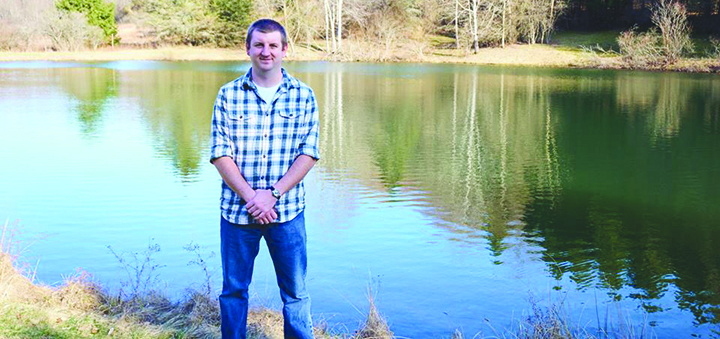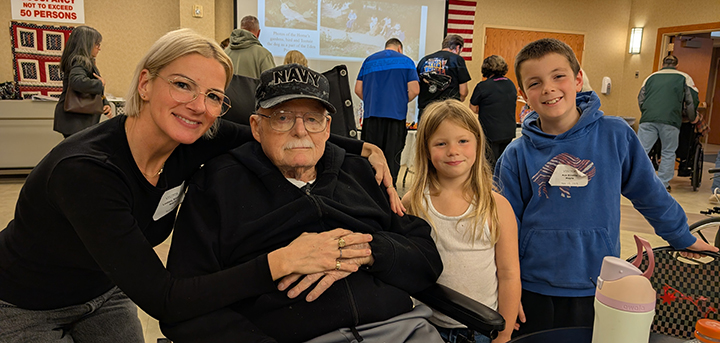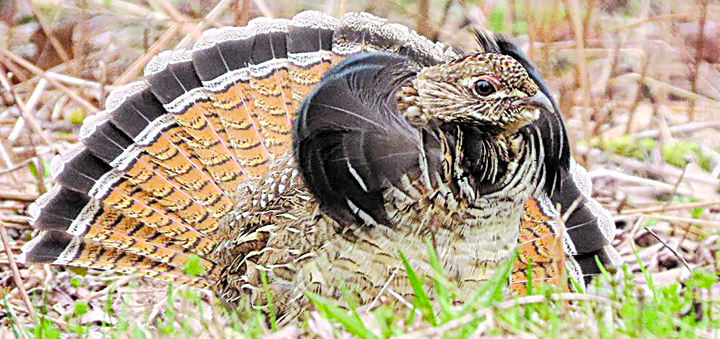Outdoor Chenango: Big Water Duck Hunting
When deer season ended when I was a teenager, it meant that it was time to prepare to duck hunt on the lake. Back then, the late duck season for the “Western” duck zone of the state opened on the Saturday after Christmas.
So, for the week or two between deer season and duck season, we got decoys ready and spruced up the brush blinds on the shore of the lake where we had permission to hunt. When we had snow, the road leading to the cottage where we parked would get plowed to make sure we could drive down.
The morning of opening day, we were a well-oiled machine with two guys putting out the decoys on single drop lines while three guys set up the long lines of diving duck decoys. Once the decoys were set, the final touch was placing the spinning wing decoy where we wanted the approaching ducks to land. After hunting there for years, there are some important things that I have learned when hunting ducks in the late season on the big water of the Finger Lakes.
The Finger Lakes that do not freeze (Seneca and Cayuga), do not freeze because of how big they are. They hold so much water that they do not lose enough heat to start freezing except at the ends and in shallower bays, sometimes. However, the water still is cold and can get nasty in a hurry due to wind.
North and south oriented winds can cause rolling white caps on the lake, which can make retrieving downed birds difficult. A V-hull boat that is at least 18 feet long is best for handling the potential waves. When the winds are not strong, you can get away with a canoe or kayak for short retrieves. No matter what watercraft you are in, you should wear a personal floatation device (PFD) whenever you are not anchored (it is the law to wear a PFD when in watercraft under 21 feet long anytime from November 1 to May 1 in New York). To save yourself from getting into potentially dangerous situations, make every attempt to finish off crippled ducks before starting to chase them with a boat. A wounded duck can swim quickly out to the middle of the lake where small boats can get into trouble.
The best hunting happens when it has been cold and smaller bodies of water have frozen. As open water gets less available, the ducks that are around are forced to go to the big water. Anytime there is a slight warmup that allows some swamp backwaters to thaw, the ducks seem to disappear from the lake as they seek refuge in these areas to avoid hunters. Usually during this time, field hunting for geese is the most productive option for waterfowl hunting.
Be creative with your decoy spread. If you think about ducks that have migrated from Canada down to New York, they have likely seen some decoy spreads along the way. Try to do something different than everyone else. I would say most hunters will put out 2 or 3 dozen mallard decoys and a spinning wing decoy. I like to run the “refuge” decoy spread, where I put out mixed species of duck decoys along with some goose decoys.
The larger size of the goose decoys makes the setup easier to see from a distance, plus geese are wary so ducks feel safe landing among the goose decoys. If you run diving duck decoys, keep them separate from the geese as they usually do not mix. Do not be afraid to put decoys on shore, especially sleeping and resting pose decoys. This will make approaching ducks think it’s safe to land here if other birds feel safe sleeping here.
Mallards are starting to look for mates for next spring, so it is not uncommon to see multiple drakes with a single hen as they are competing for her attention. You may also see single drake mallards flying around as they are looking for a hen to try to attract, so put a couple hen decoys by themselves out in the open so they can easily be seen. This may get those single drakes to drop right in and give you some easy shots.
As I already said, many of these ducks have seen decoy spreads and have likely been shot at. Spinning wing decoys are usually beneficial but sometimes they can be detrimental. If you have birds working you but never closing the last bit of distance to get into range, consider turning off the spinning wing decoy and seeing how the birds react. The same can be said for calling. Aggressive calling can bring some birds in while keeping others at a distance. Trying giving circling ducks the silent treatment to see if that gets them to commit to the decoy spread.








Comments